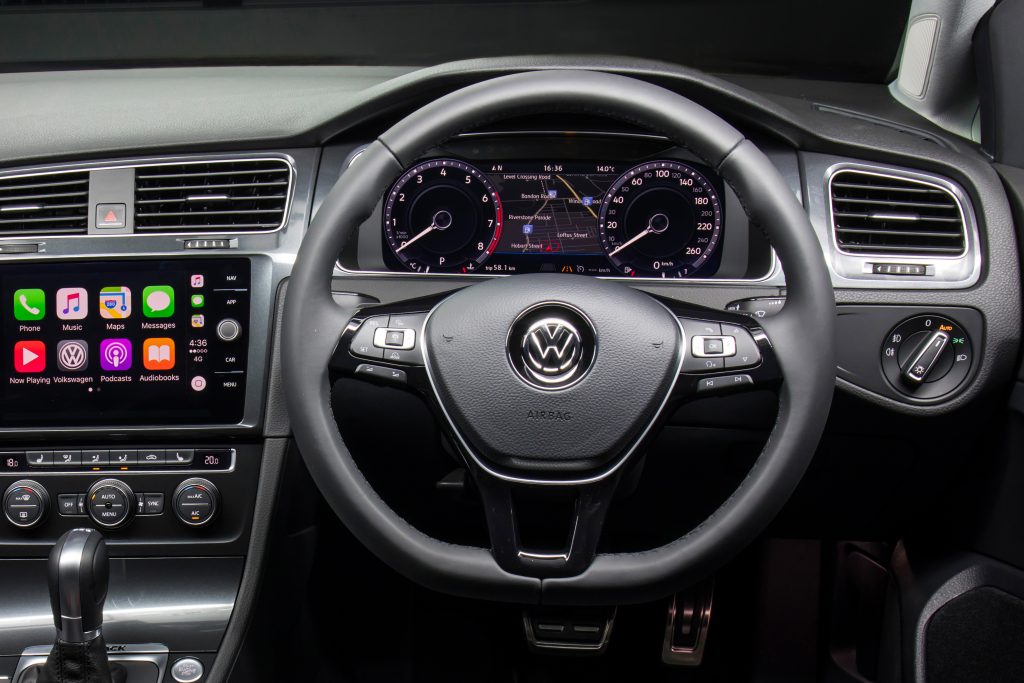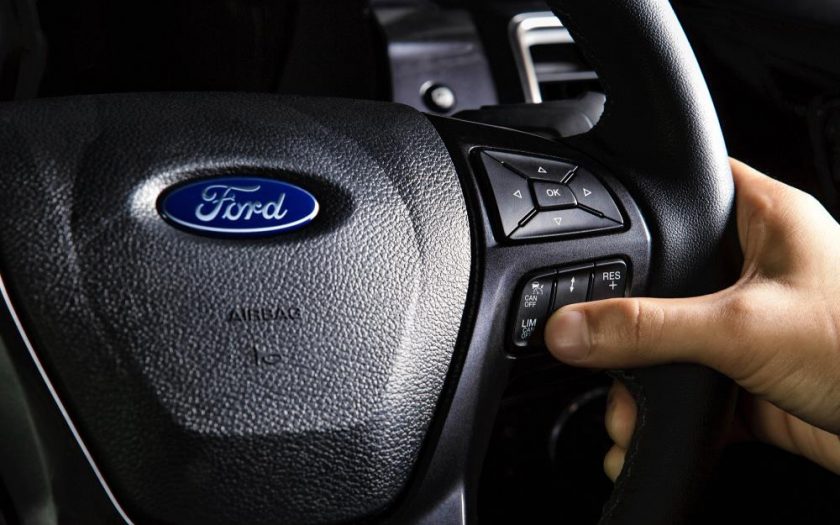I AM AN INVETERATE USER OF CRUISE CONTROL, even around town, because it (mostly) keeps me within the speed limit and means one less thing I have to concentrate on when driving (having to watch the speedo is a considerable and potentially dangerous distraction). However, in rain or on wet roads, I usually disengage cruise control.
Many people do the opposite, thinking it safer to have the car controlling their speed as they negotiate treacherous roads. Wrong, wrong, wrong!
Water on the road surface reduces traction, and this is made worse by the accumulation of oil and grease, especially after a period without rain. If your tyres cannot disperse water quickly enough, a film of water builds up between them and the road surface. This is called hydroplaning or aquaplaning and it can happen at speeds as low as 60km/h. High speeds and/or worn tyres increase the likelihood of your car aquaplaning or losing traction.

Cruise control doesn’t know that your tyres aren’t in contact with the road and keeps them turning at a constant speed, the one you set (because there is no traction, cruise control will not increase your speed, only attempt to maintain the speed you have set). Cruise control forces the vehicle to rely totally on its front wheels to steer through a corner when good driving technique would use a sequence of brakes, accelerator and steering. If the front wheels start aquaplaning in the middle of a corner, cruise control does not register the loss of traction (unless, of course, the car is front-wheel drive). Consequently, cruise control keeps pushing the car straight ahead. When faced with aquaplaning, most people (assuming they recognise what is happening) will tap the brake pedal to deactivate cruise control and reduce speed. However, in cars not equipped with ABS brakes, this often makes the situation even worse, causing the car to steer straight ahead across the road or into oncoming traffic.
There’s another issue with cruise control and that’s the way it reduces attention to what’s going on around the vehicle. Many people on cruise control move their feet away from the brake and accelerator pedals. On cruise control a driver is less aware of what’s happening at the front wheels and so less likely to detect that the vehicle is aquaplaning until it’s too late. It can also lead to the driver stabbing the accelerator rather than the brake, or hitting the brake with more force than necessary.
If you are on cruise control and the vehicle starts to aquaplane, disable it by using the Cancel button, not your brakes. Take your foot off the accelerator and, if you aren’t doing so already (and if not, why not?) place both hands on the steering wheel and gently steer in the direction of the skid. Once you have some degree of control, you can correct the skid and bring your vehicle back onto your chosen line and direction. Carry out any corrective action gently and avoid sudden or abrupt actions… not always easy to do in a panic or emergency situation.

As you know, most modern cars have increasingly sophisticated traction control systems which will, to a greater or lesser degree, minimise the risks of problems on wet roads. No matter how effective these are, nothing takes the place of driver awareness and control. And in any case, older cars often have no such systems.
Despite the above information, the motoring associations beg to differ. They suggest that in the situation where a vehicle’s tyres lose traction with the road (such as when aquaplaning), cruise control would detect the increase in wheel rotational speed and reduce the amount of throttle to maintain the set speed. “Also,” they add, “cruise control systems are deactivated as soon as the brake is applied. As braking is usually an automatic reaction in most emergency situations, the scenario of cruise control causing an increase in vehicle speed is highly unlikely”. The NRMA suggests there is “no reasonable explanation why it (cruise control) would cause aquaplaning”.
We’re not suggesting that the rotational speed of the wheels would increase, only that cruise control would attempt to maintain the set speed in an aquaplaning scenario. As for braking being “an automatic reaction”, indeed it is, although often (as in this case) not necessarily the correct reaction. And nor are we suggesting that cruise control would “cause” aquaplaning, only that it is a situation that could arise while cruise control is activated.
The safest way to drive is to ensure you are in control of your vehicle at all times. Cruise control is incapable of assessing driving conditions, so if you set the cruise control at 100km/h, the vehicle will enter bends at 100km/h, and travel on wet roads at 100km/h, whether or not the speed is appropriate. Some cruise control systems will decelerate or even brake when they detect the vehicle entering a bend at too high a speed. Others will deactivate the system. Many owner’s manuals recommend not using cruise control in high traffic density situations, when driving in the city or when negotiating winding, slippery or unsealed roads.
Cruise control, like most other driver aids, is an adjunct to driving, not a replacement for driver judgement and evaluation of risk. Depend on it at your own risk.
